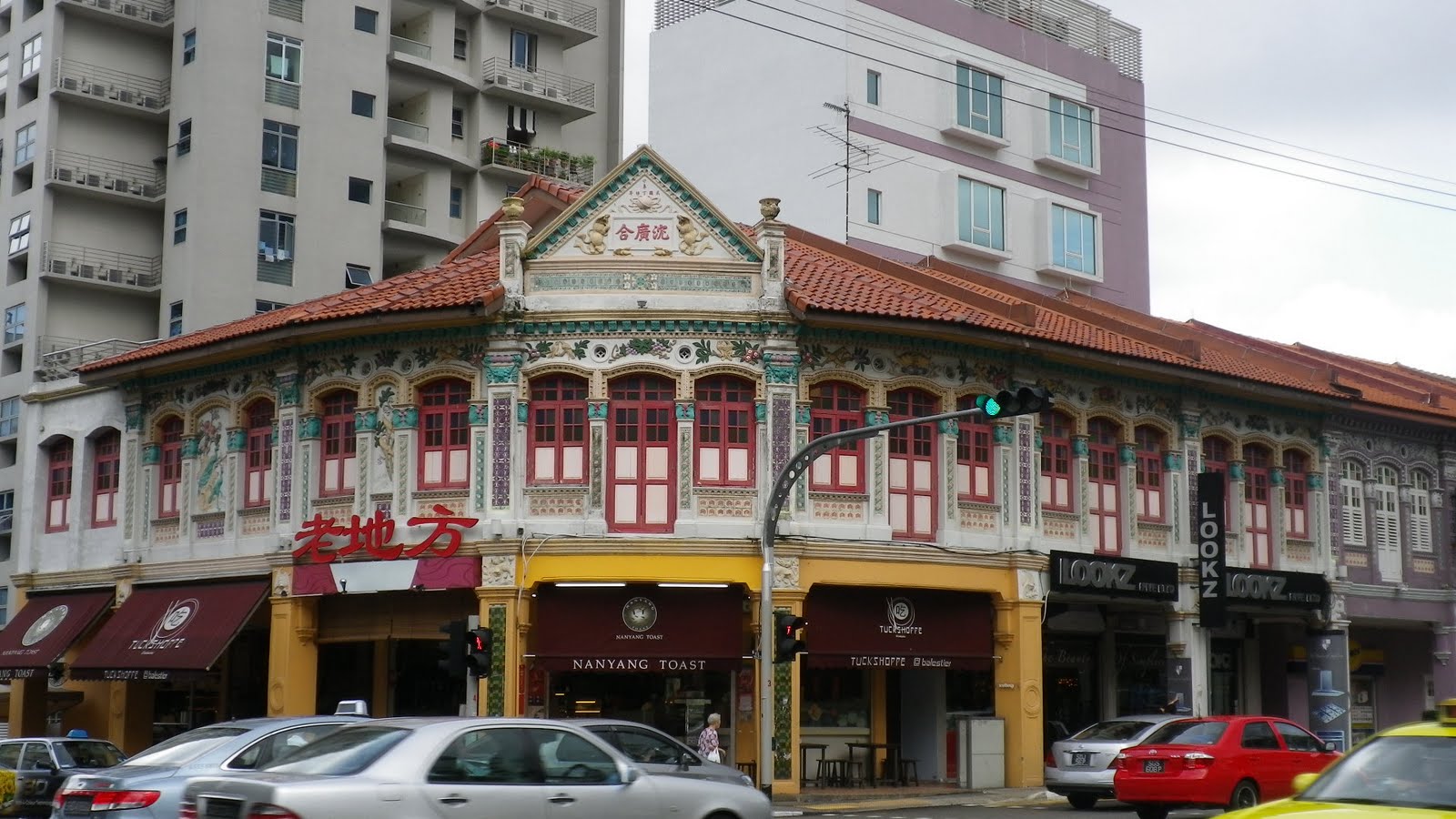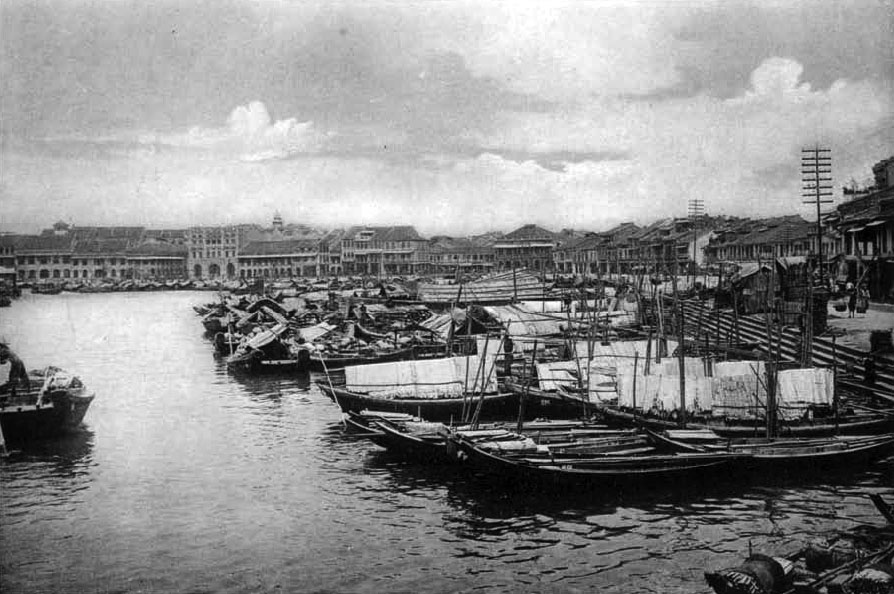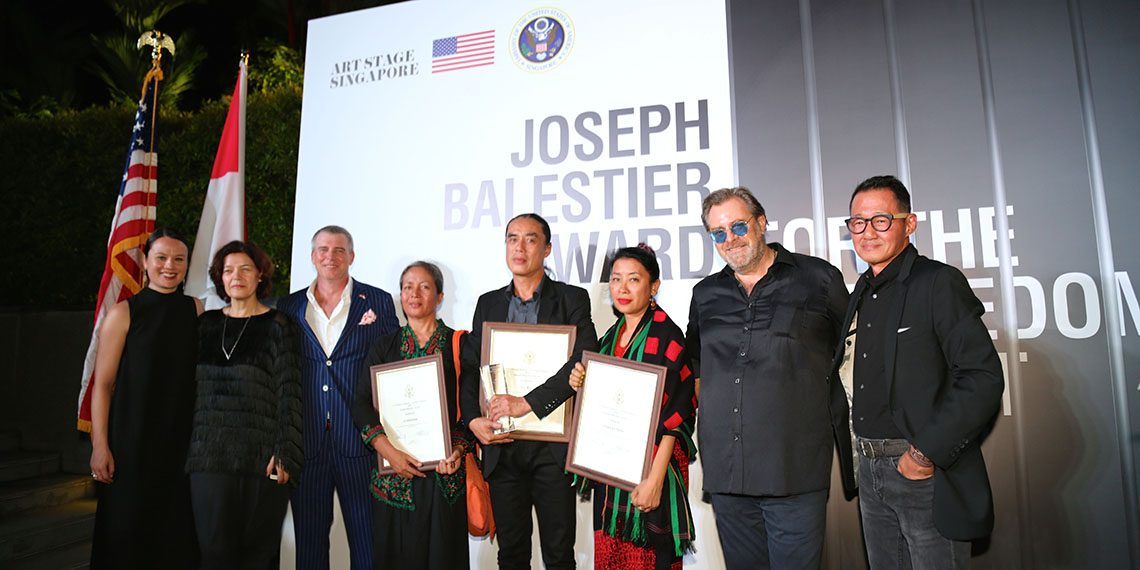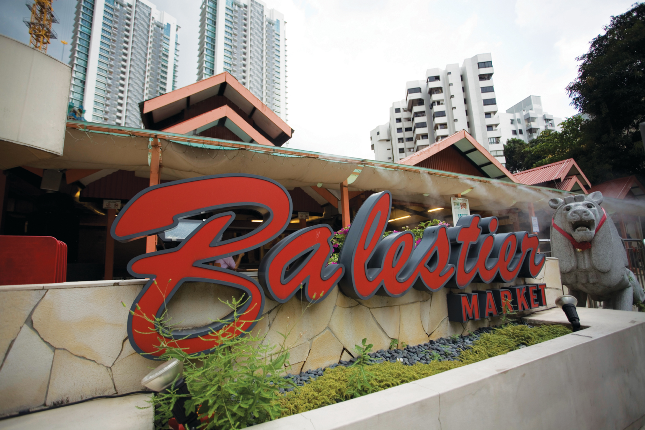Today, Balestier Road is a popular spot for delicious food, such as Boon Tong Kee's famous chicken rice and bak kut teh, and is known for its plethora of lighting shops.
What is little known about this vibrant area was actually a sugar plantation known as Balestier Plain about two centuries ago.
 Photo from the balestier12011 blog.
Photo from the balestier12011 blog.
It was owned by Joseph Balestier, the first American consul to colonial Singapore. His name is used quite frequently in modern Singapore, but rarely is the story of how he came to Singapore and his life here told.
Balestier's beginnings
Although no one seems to know for sure where Balestier was actually born, with some sources claiming the island of Martinique, West Indies, and others claiming somewhere in France, we do know that he grew up in Boston, Massachusetts.
This is presumably where he met his wife, Maria Revere Balestier, who was the daughter of Boston-based silversmith and part-time war hero Paul Revere. They married in 1814.
Balestier lived a fairly uneventful life until 1834, when then-President Andrew Jackson appointed him as the American consul to the Riau islands (now a part of Indonesia).
Balestier was no diplomat, rather, a planter and merchant. However, back in the day, American consuls were often chosen for their business acumen, as they would be in charge of maintaining trade in the region.
So, at the ripe age of 46, Balestier packed his bags. Together with his wife and son Joseph (who would have been 14 at the time), he traveled across the sea and settled down in colonial Singapore.
Facilitating early U.S.-Singapore relations
At the time of the Balestiers' arrival, US trade with Singapore was already thriving — albeit illegally. The 1815 Treaty of Ghent, the peace treaty which ended the War of 1812 between the U.S. and England, clearly listed all the port cities which America would be allowed to trade with.
Singapore was not listed in the treaty because the island would only be established as a British port four years later in 1819.
 Photo from Singapore Infopedia.
Photo from Singapore Infopedia.
However, Balestier was charmed by Singapore, and on July 4, 1836, he was officially appointed the first American consul to colonial Singapore. The Court of Directors in London recognised his appointment later that year on November 23.
He refused to take office, however, until equal trading rights were granted to American ships in Singapore. After all, his livelihood revolved around this trade, and it was a deal-breaker for him when taking on the new role.
Balestier's determination served him well, and in 1837, the British East India Company gave American ships permission to trade with Singapore on equal footing. Balestier officially took up office a month later.
Entering the sugarcane business
Apparently, early consular income was a bit lacking, as Balestier soon became a shipping agent and sugar planter in order to support his family.
He became one of the first to own a 1,000-acre sugar plantation, which he named the Balestier Plain. 220 of these acres were set aside for growing sugarcane, and the rest became his own family's quarters.
The plantation was well-stocked with plenty of "modern" equipment, including a ten-horsepower steam engine, many dwellings for workers, and even an elephant to help plow the fields.
Balestier Plain also brought together workers from many different backgrounds, who were said to have been treated "like sons" by Maria Balestier. Hokkien workers were among this crowd.
 Photo from Wikipedia.
Photo from Wikipedia.
The Balestiers were determined to make their sugar manufacturing business a success, often running the plantation themselves.
Unfortunately, business never boomed the way they hoped it would, due to Singaporean sugar receiving less British import privileges than those elsewhere. As a result, the sugar industry soon declined.
The end of an era
Despite the Balestiers' hard work and contributions to their community, tragedy soon struck the Balestier household.
In 1842, roaming tigers in the area came onto the plantation and killed two of their workers.
Their only son, Joseph Warren Revere Balestier, died two years later, in 1844. He was only 24.
The bereaved couple continued to run the plantation, but in 1847, less than four years later, Maria Revere Balestier passed away as well.
She was well-loved by her community, and an obituary in the Singapore Free Press and Mercantile Advertiser newspaper on August 26, 1847 noted that she "treated her servants like sons; her friends and neighbours like brethren".
That same year, heavy rains destroyed many of the plantation's sugar fields. Now, not only was Joseph Balestier's heart broken, but his livelihood was destroyed as well. Soon enough, his own health began to deteriorate.
As the final nail in the coffin, in 1848 he was officially declared bankrupt. He entrusted his estate to Joseph Weed, who then put the property up for sale, and moved back to York, Pennsylvania.
Despite being across the ocean, Balestier served as the official U.S. consul to Singapore for another four years. He returned to Singapore on official business in 1849 and 1851, and officially resigned from the position in 1852.
Balestier remained in Pennsylvania until his death in 1858, aged 70.
His legacy still lives on
Today, Balestier's contributions to early Singapore-U.S. relations are recognised by organisations such as the American Chamber of Commerce in Singapore, which has run the annual Balestier Series since 2014.
He is also honoured by the annual Joseph Balestier Award for the Freedom of Art, which is presented to an "artist or curator from the Southeast Asian region who is actively committed to the ideals of liberty and freedom of expression, and through his or her work, continually seeks to express these ideals".
This award is jointly presented by the U.S. Embassy in Singapore and the Art Stage Singapore.
 Photo from U.S. Embassy Singapore.
Photo from U.S. Embassy Singapore.
And, although Balestier's sugar plantation is long gone, Balestier Road runs along what used to be the estate.
Even today, it continues to represent the values of creativity and community that Balestier held in such high regard.
Top photo from Roots.sg.
If you like what you read, follow us on Facebook and Twitter to get the latest updates.
If you like what you read, follow us on Facebook, Instagram, Twitter and Telegram to get the latest updates.
